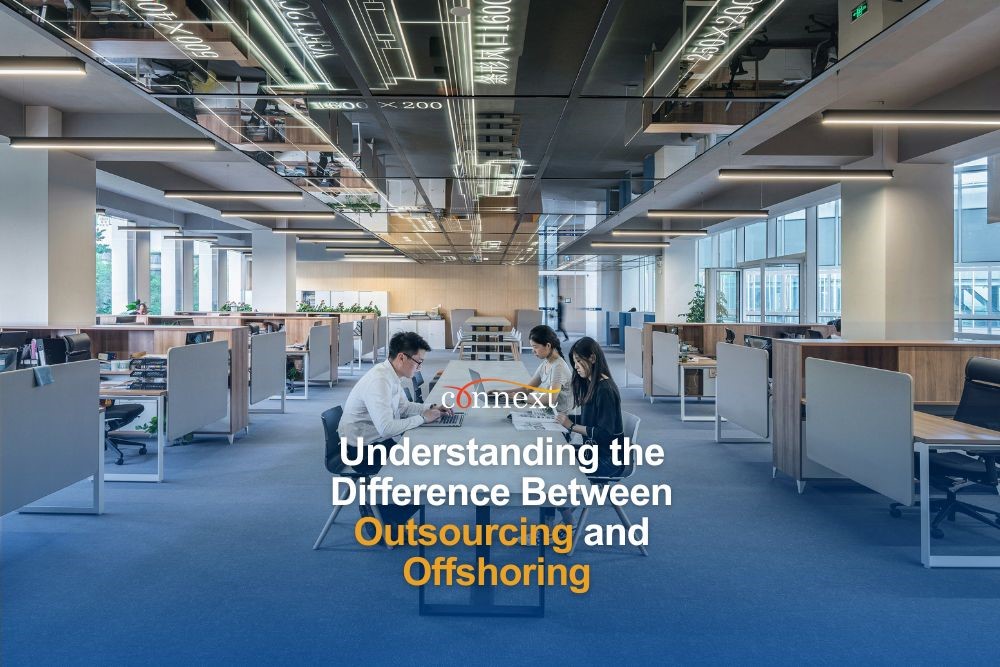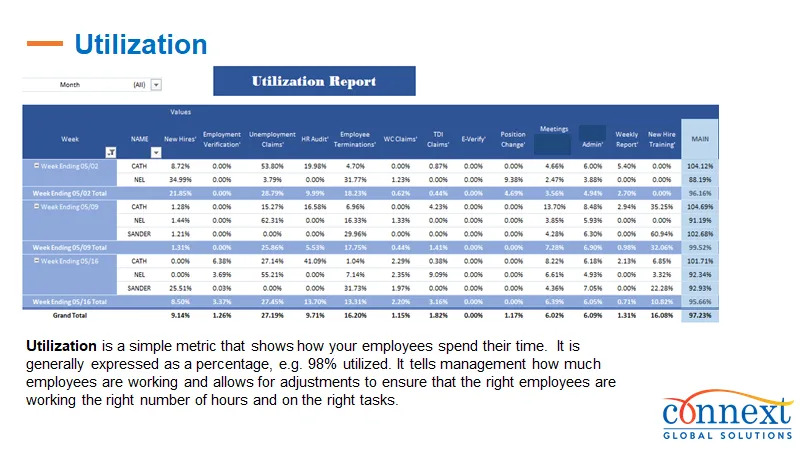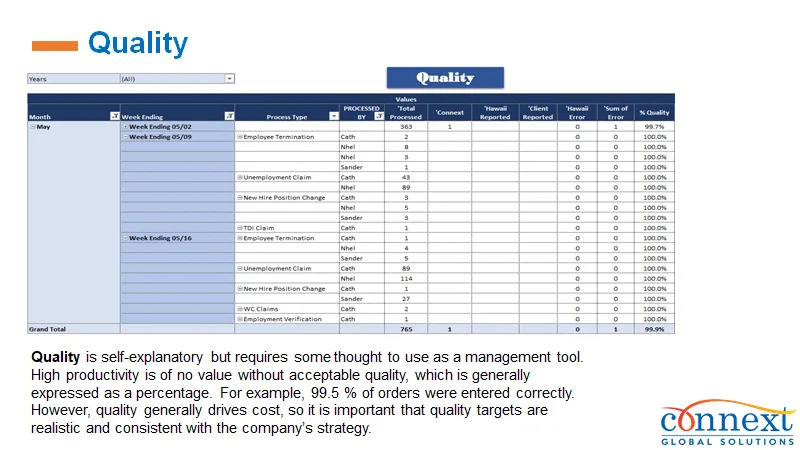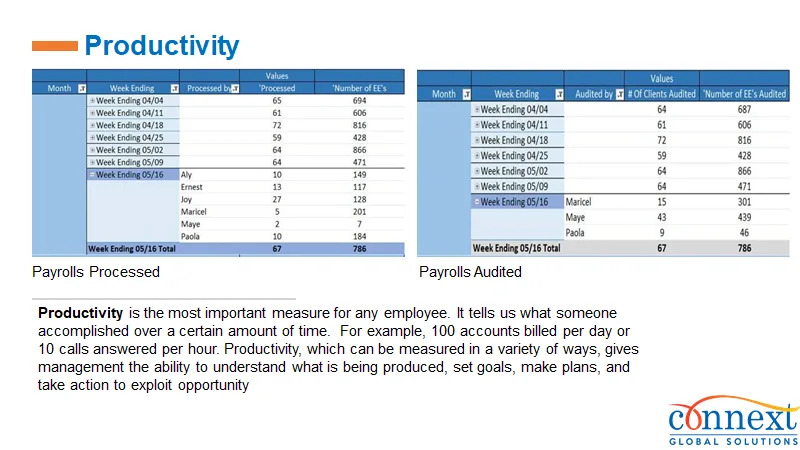
In today’s globalized business environment, companies are constantly seeking ways to optimize costs, improve efficiency, and remain competitive. Two common strategies that businesses employ are outsourcing and offshoring. While these terms are sometimes used interchangeably, they have distinct meanings and implications for business operations.
Understanding the difference can help organizations make informed decisions about their operational strategies.
What Is Outsourcing?
Outsourcing refers to the practice of contracting third-party service providers to handle specific tasks or business processes. Companies outsource to gain access to specialized expertise, reduce overhead costs, and focus on core business activities. Outsourcing can occur domestically or internationally, depending on business needs.
Benefits of Outsourcing:
Cost Efficiency: Reduces labor and operational costs.
Access to Expertise: Enables businesses to leverage industry specialists.
Scalability: Helps companies adjust resources as demand fluctuates.
What Is Offshoring?
Offshoring involves relocating business operations to another country, typically to take advantage of lower labor costs and operational expenses. Unlike outsourcing, offshoring means the company retains control over its offshore operations, whether through subsidiaries or dedicated teams.
Benefits of Offshoring:
Lower Costs: Reduces expenses while maintaining quality.
Extended Work Hours: Enables round-the-clock operations across time zones.
Market Expansion: Establishes a presence in international markets.
Key Differences Between Outsourcing and Offshoring
The key differences between outsourcing and offshoring can be understood through three main factors: ownership, location, and focus.
Ownership
One of the most significant differences between outsourcing and offshoring is the level of ownership and control a company retains over its operations. Outsourcing involves hiring an external provider to manage specific business functions. This means that a third-party company takes responsibility for the tasks, often bringing in specialized expertise, technology, and resources to handle them efficiently. Businesses typically outsource services such as customer support, IT management, or payroll processing to reduce costs and improve focus on core activities.
In contrast, offshoring occurs when a company moves its operations to another country but retains full control over those functions. The business sets up and runs its own subsidiary, branch, or production facility in a foreign country, leveraging lower costs while maintaining direct oversight. This approach is common in manufacturing, software development, and business process operations, where companies relocate functions to countries with lower labor costs or favorable tax environments.
Location
Another major distinction between outsourcing and offshoring is location. Outsourcing can be either domestic or international, depending on whether the external provider is based in the same country or abroad. A company in the United States, for example, might outsource customer service to a call center located domestically or to a provider in another country like India or the Philippines.
Offshoring, on the other hand, always involves an international location. When a company offshores, it moves part of its business operations to another country, often to take advantage of lower costs, skilled labor, or regulatory benefits. For instance, many technology firms establish development centers in countries like Vietnam or Eastern Europe, while manufacturers offshore production to China or Mexico.
Focus
The final key difference between outsourcing and offshoring lies in the focus of these strategies. Outsourcing is primarily about delegating specific tasks or processes to an external provider. The company does not necessarily move its operations; instead, it shifts responsibility for certain functions to a third party, allowing internal teams to focus on core business activities. Commonly outsourced services include IT support, legal services, human resources, and accounting.
In contrast, offshoring involves relocating entire business functions to another country. This could include setting up a dedicated customer service department, software development team, or manufacturing plant abroad. The goal is not just to delegate tasks but to strategically position business operations in a different location to gain financial, logistical, or operational advantages.
While outsourcing and offshoring are both strategies used to improve efficiency and reduce costs, they differ in terms of ownership, location, and focus. Outsourcing involves transferring tasks to an external provider, which can be either domestic or international. Offshoring, however, means relocating business functions to another country while retaining full control. Understanding these distinctions helps businesses choose the right approach based on their needs, whether it’s leveraging external expertise through outsourcing or gaining cost advantages through offshoring.
Conclusion
Both outsourcing and offshoring offer strategic advantages depending on business goals. Companies seeking flexibility and expertise may prefer outsourcing, while those prioritizing cost reduction and control might opt for offshoring.
Understanding these distinctions allows businesses to choose the right approach for sustainable growth and efficiency.
Connext Global Solutions helps companies build custom, dedicated support teams. Learn more about Connext Global Solutions.
Follow us on:
Facebook: Connext
LinkedIn: Connext
Instagram: @connextglobalsolutions_
Twitter: @ConnextPh









